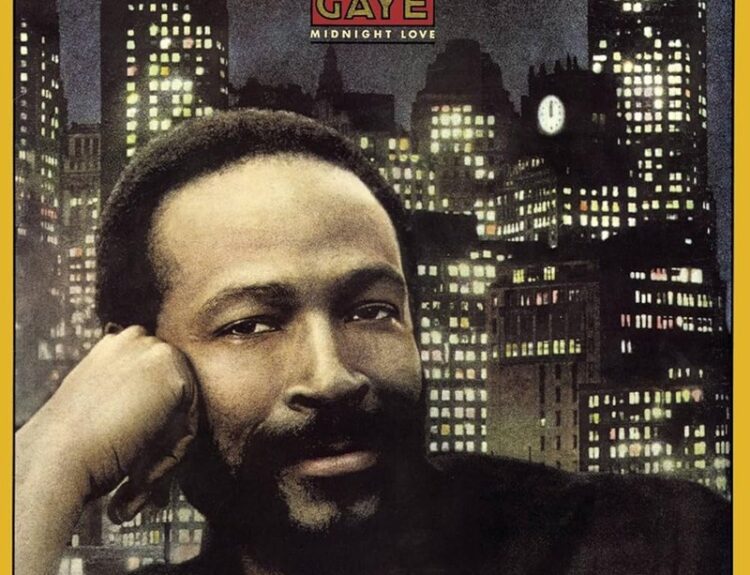George Harrison’s “Be Here Now”, from Living in the Material World, blends spirituality and music, inviting listeners to live in the moment.
With Be Here Now, George Harrison once again demonstrates how music can serve as a vehicle for expressing profound spiritual truths. This song, from his 1973 album Living in the Material World, is a delicate invitation to mindfulness and a reflection of his ongoing inner journey. A blend of meditative ballad and musical mantra, the track captures the spirit of an artist constantly seeking to bridge the material and spiritual worlds.
George Harrison: The Quiet Beatle and Spiritual Seeker
George Harrison was born on February 25, 1943, in Liverpool, England. Growing up in a working-class family, he found in music a way to express his creativity. In 1960, he joined The Beatles, the band that would forever change the course of music history. Often referred to as “the Quiet Beatle”, Harrison was known for his introspection and thoughtful approach to life and music.
During his time with The Beatles, Harrison brought a unique touch to the group, introducing instruments like the sitar, inspired by his fascination with Indian music and guided by maestro Ravi Shankar. Songs such as “Within You Without You” and “While My Guitar Gently Weeps” showcase his ability to blend diverse musical traditions with universal themes.
After The Beatles disbanded in 1970, Harrison embarked on a successful solo career, releasing albums like All Things Must Pass, which included the celebrated single “My Sweet Lord”. His musical and spiritual journeys were deeply intertwined, making him a unique figure in the world of music.
“Be Here Now”: The Song and Its Meaning
“Be Here Now” is one of Harrison’s most introspective moments. Written during a period of deep reflection, the song draws heavily on Eastern philosophy, particularly the concept of living in the present moment. This theme was dear to Harrison, who spent years studying Indian mysticism and practicing meditation.
The lyrics of “Be Here Now” are simple yet profound, conveying a universal message: let go of the distractions of the past and future to embrace the present. The melody, built around an acoustic guitar, is enriched by subtle orchestral arrangements that create a dreamlike atmosphere. Harrison’s gentle and reassuring voice guides listeners on a journey toward inner peace.

The Context of Living in the Material World
Living in the Material World is Harrison’s second solo album after The Beatles’ breakup. Released in 1973, the record reflects his ongoing exploration of the duality between the physical and spiritual realms. With tracks like “Give Me Love (Give Me Peace on Earth)” and “The Lord Loves the One (That Loves the Lord)”, the album exemplifies Harrison’s approach to music as a medium for conveying spiritual messages.
“Be Here Now” fits seamlessly within this context, offering a moment of calm and introspection in the album. The title itself references Ram Dass’s famous book, which profoundly influenced Harrison and many other artists of the era.
The Impact and Legacy of “Be Here Now”
Though not one of Harrison’s most famous songs, “Be Here Now” has left an indelible mark on those who have heard it. Its message of mindfulness and presence is more relevant than ever in an age dominated by busyness and distractions.
The song’s simplicity allows its message to shine, transforming it into a powerful tool for personal reflection. For many fans, “Be Here Now” is more than just a song, it’s an invitation to live a more mindful and meaningful life.
A Timeless Artist
George Harrison was much more than a musician; he was a visionary who used his art to explore life’s big questions. With Be Here Now, he once again demonstrated the power of music to touch the soul and inspire positive change.
His legacy lives on not only through his songs but also through the universal message he conveyed: an invitation to find inner peace and embrace each moment with fullness and awareness.





